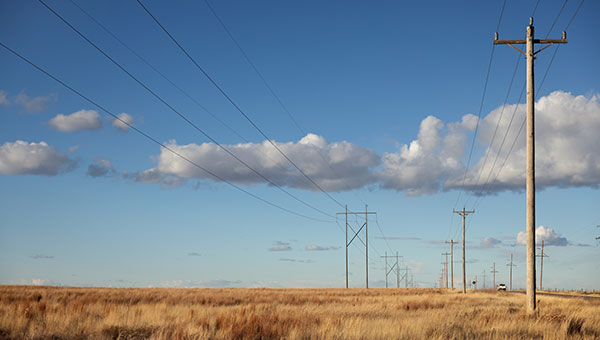Wholesale Energy
As one of the nation's leading electricity and natural gas marketers, we provide a wide range of energy commodity products, as well as marketing and trading services.

Why It's Important
Powering your business operations is critical to your success. Finding a supply solution that meets your budget objectives, as well as risk tolerance can be a challenge, especially with market volatility. With a focus on market intelligence, we can assist with hedging power and gas-related price uncertainty, as well as creating custom supply structures.
Why It Works for you
Price Risk Management Solution
Hedging allows you to lock in varying blocks of energy at different times over the course of multiple years. This is a forward-looking approach, allowing you flexibility and freedom to manage risk and budget.
Energy Management Services
NextEra Energy Marketing can manage your electric generation facility's interface with independent system operators, provide fuel procurement services and manage your daily or "spot" purchase and sale of power, gas and ancillary services.

